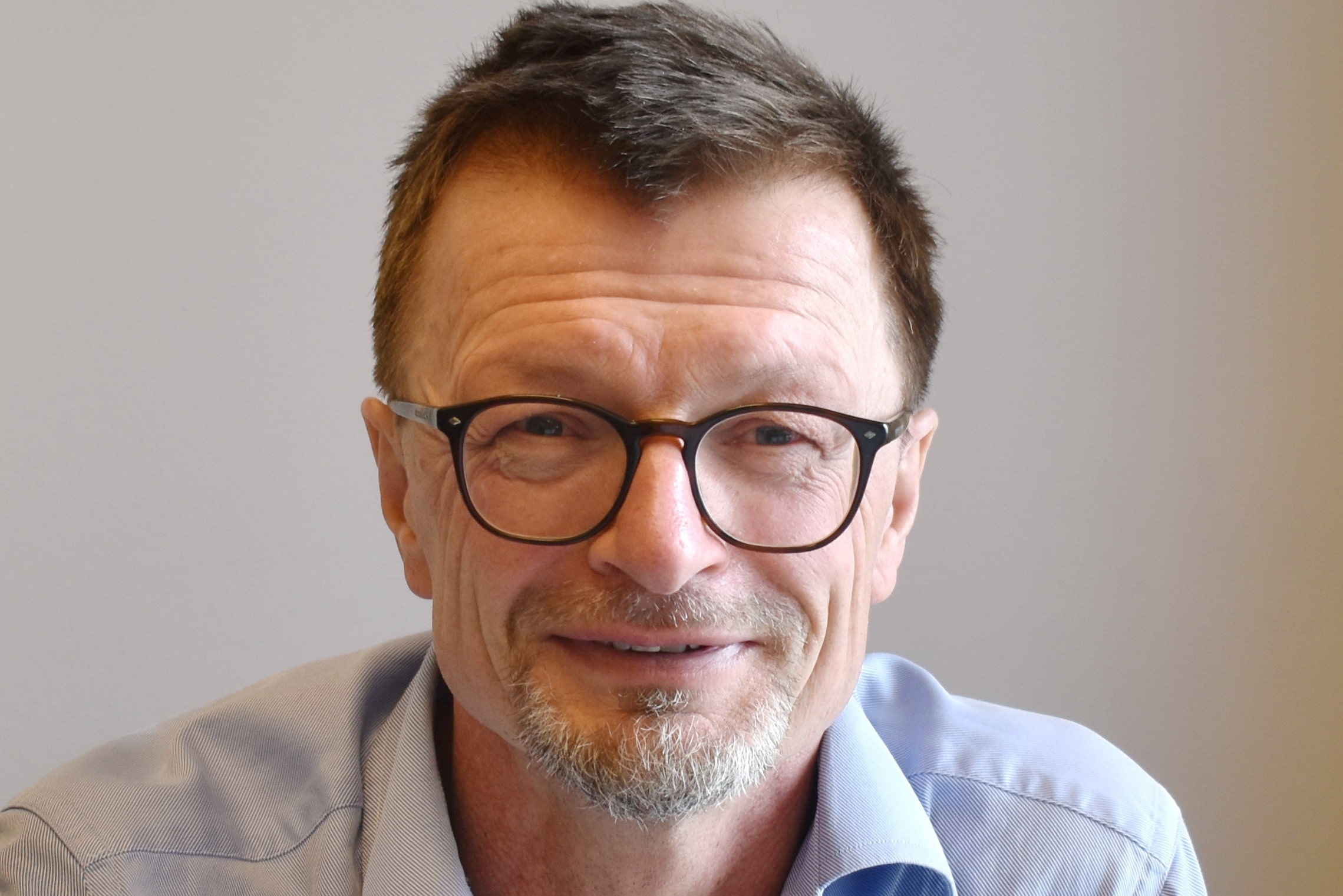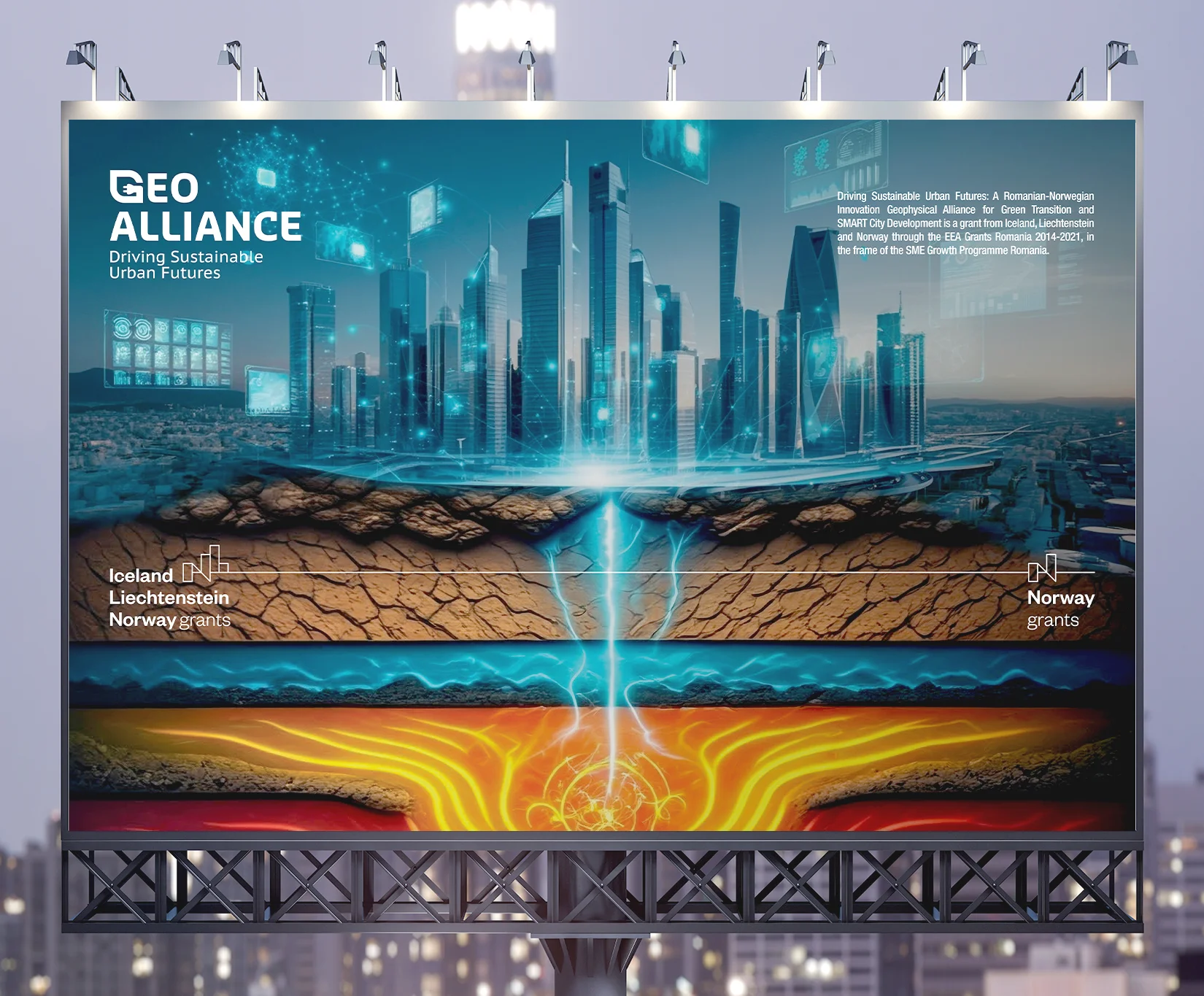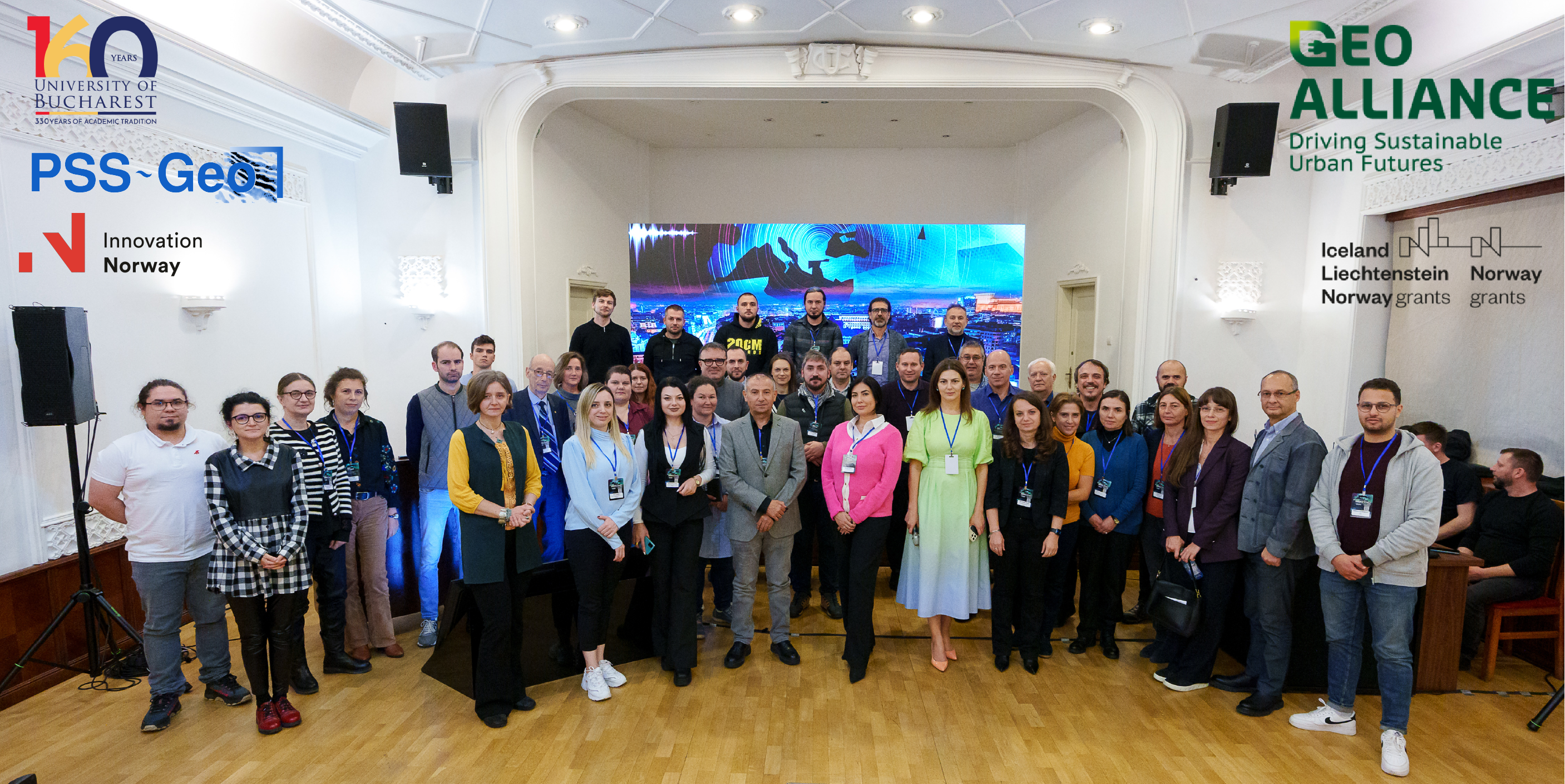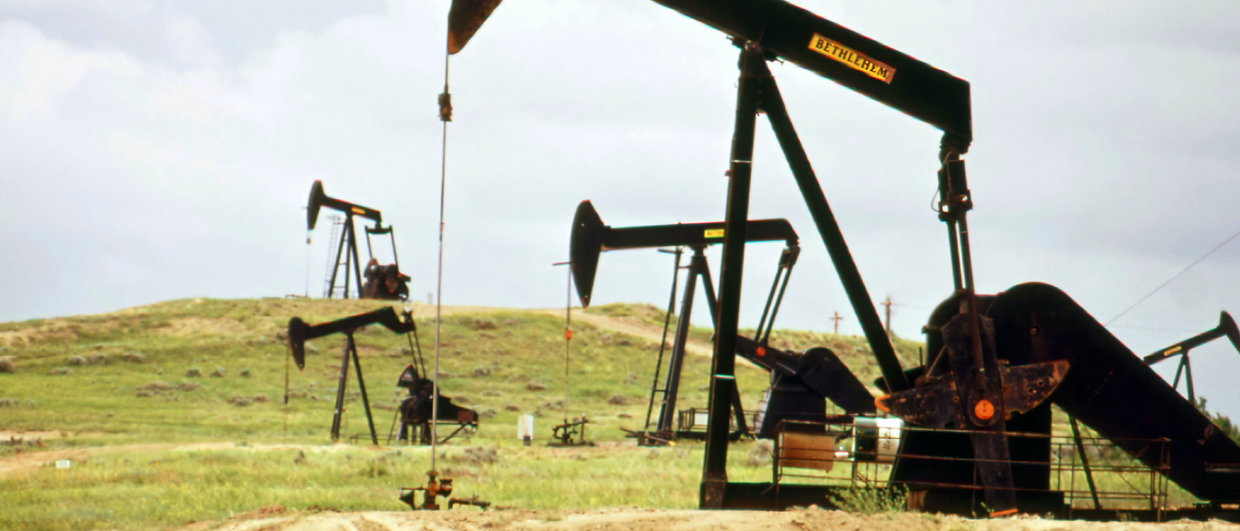“The oil and gas industry has changed from a big money “high risk, high reward” industry to a more regular industry with lower investment appetite and tighter budgets,” says Peter Keller, General Manager in AGGS.
“E&P companies constantly strive to reduce operational costs, increase their success rate in exploration and appraisal drilling, and achieve reliable economic forecasts; and good data is still the clue for achieving this,” the geologist adds.
These observations underline that there is now an opportunity to take advantage of vast amounts of existing seismic, wells and G&G data in a more intelligent way than what has been done up till now.
Porosity – then fluids
AGGS is an independent consulting company based in Oslo consisting of experienced geologists and geophysicists. In a strategic cooperation with Pre-Stack Solutions-Geo (PSS-Geo), Applied Petroleum Technology (APT) and CAMA Geoscience, AGGS is developing new technology with the purpose of predicting both lithology and fluid content – water, oil or gas – using post-stack seismic data in combination with well-log data.
“Using AI-/ML-technology, our solution is what we have named the “RUNE-inversion,” says Jon Sandvik, General Manager of PSS-Geo, referring to an algorithm developed by his colleague Rune Øverås.
The inversion is based on an AI global optimization search for both velocity and density, using artificial constraints. This is a technology that has not been implemented before, and that the company hopes to patent.
“The seismic information is trained with as many well-log data as possible. However, well-log data are frequently incomplete and will have to be edited to become reliable data along the entire track. Cama Geoscience therefore developed a mathematical framework to calculate density from P-wave velocity and Vcl,” Sandvik says.
In the first project phase (“LL-merge”), a method was developed to predict lithology and porosity from post-stack seismic data. Preliminary results from a test area of this project are promising and the consortium is currently applying the method to the entire LL-merge mega-survey covering close to 60 000 km2 offshore Mid-Norway.
For the second phase of the project, the consortium will attack fluid prediction over mega-merge 3D seismic and has filed a research project application to Innovation Norway for development support. For the fluid prediction, several techniques will be investigated to be incorporated with Machine Learning.
“The benefit of developing AI methods from post-stack seismic data is that these data together with well log data are freely available in many mature petroleum provinces, meaning that large data sets can be investigated simultaneously. This will increase the Machine Learning impact and allows geological interpretations over large regional areas. Both effects increase the reliability of the predictions,” Keller says.
“Furthermore, the “re-use” of existing post-stack data is cost efficient and has, compared to new seismic acquisition, little to no environmental impact.”

The necessity of geological input
Detailed seismic horizon interpretations are essential for the zonation of the seismic and calculation of the velocity fields. “The entire seismic volume must be interpreted, and about 10 regional time and depth maps will be established as input for the inversion,” Keller explains.
“Furthermore, several parameters for the fluid effects on seismic and well log-interpretations are to a large degree dependent on subsidence- and up-lift history as well as the formation salinity. We will therefore reconstruct regional subsidence and up-lift maps for different geological times. In addition, these reconstructions will allow to model depositional trends of reservoir rocks. Comparing these models with the seismic inversion results will strengthen and confirm the validity of the developed seismic methods,” according to Keller.
Industry partner
To qualify for financial support from Innovation Norway, an industry partner is required. Lime Petroleum supported Phase 1 and was therefore an obvious candidate for Phase 2.
“With a strong focus on the Norwegian Sea, following a discovery last year (Shrek, see expronews: “Important value – complicated geology“), one APA 2019 award and two recent farm-ins, we like the idea to get the most out of the data when preparing for future licensing rounds and farm-in opportunities,” Lars Hübert, General Manager in Lime Petroleum, says.
“Our long-time relationship with both PSS-Geo and Peter Keller also made it an easy decision to be an industry partner for the consortium,” he adds.
Hübert favours the project for two main reasons.
“First, to combine a huge number of individual 3D surveys into one single cube makes sense because it is a cost-efficient way to scan a big area and get an overview of opportunities.
“Second, as we look upon ourselves as a technology-driven company, using AI and ML adds a new tool to our portfolio of de-risking technologies that already include RVD (Rex Virtual Drilling) and more traditional tools like AVO.”
International ambitions
The Norwegian Sea has been the laboratory in the development phase, but the objective is to offer the new and innovative technology in an international market through multi-client products.
“The AI algorithms for inversion with stratigraphy and fluid prediction, which will be developed in this research program, can be applied to petroleum provinces offshore Norway and throughout the world. For example, the UK continental shelf, with a similar regulation with regards to availability of seismic and well data, and with hundreds of large and smaller oil companies engaged in locating the remaining oil and gas resources, will be an interesting market for us,” Peter Keller says.
Hopefully, the oil and gas industry will also improve their success rate and make new discoveries based on this new AI and ML guided lithology and fluid prediction tool.





